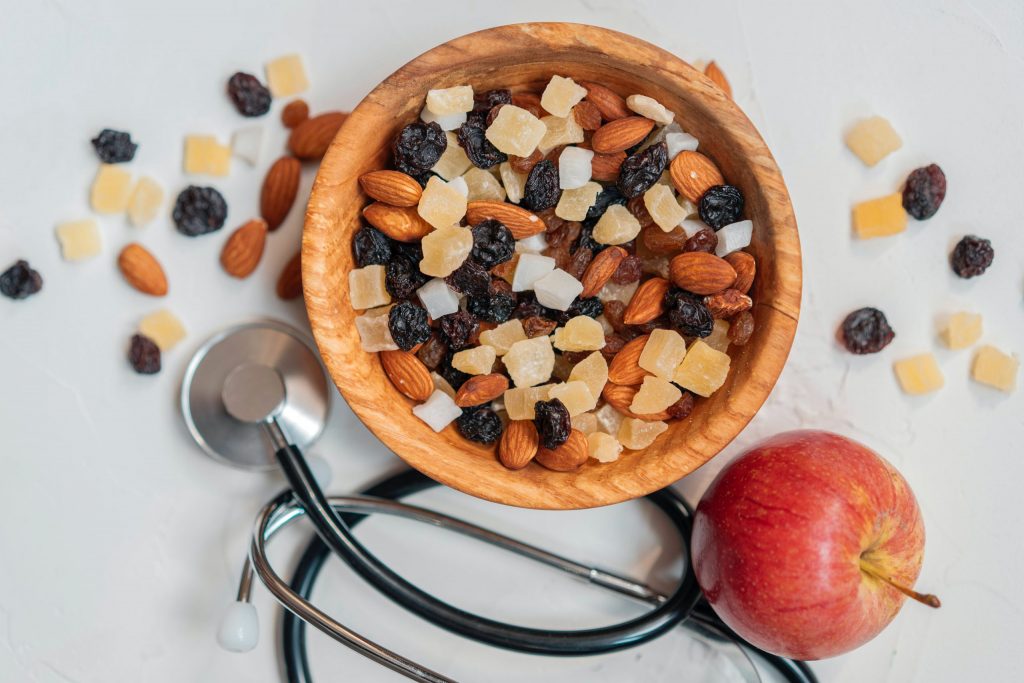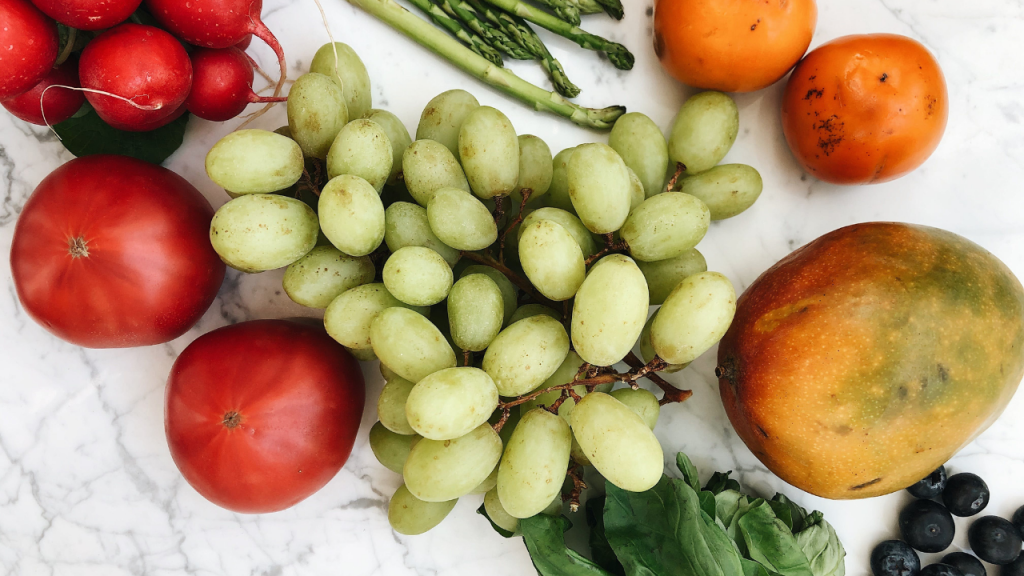Panda eyes, cracked lips, dull skin. While these seem like everyday problems, they could also be your body’s way of telling you of nutrient deficiencies. It may not seem like a big deal, but it could be. Missing out on nutrients has been linked to an increased risk of dementia, depression, heart disease, type 2 diabetes, and obesity.
You may brush this off if you are already a healthy eater, but you could still be at risk. “Nutrient deficiencies can be common, even if women are eating a nutrient-dense diet,” says registered nutrition consultant Jenna Hope.
Luckily our bodies do give us some visual clues. ‘It can take anywhere from a few weeks to a few months for deficiencies to show, so tuning in to your body can help you identify when something is wrong,’ says Jenna.
Here’s how to interpret the different stress signals your body might be giving you. Moreover, the easy tweaks you need to get the most from your diet.
1. Dry & cracked lips
This could indicate that you’re short of B vitamins. ‘Cracks around the corners of the lips and an inflamed tongue are classic signs,’ says clinical nutritionist Suzie Sawyer.
FIX IT: ‘B vitamins are water-soluble,’ says Suzie. Good sources include beans, lentils, wheat germ, and wholegrain cereals. But avoid, or at least limit tea, coffee and alcohol, as they can affect the absorption of vitamins.
2. Bleeding gums
It’s rare, but this could be indicative of a vitamin C deficiency. ‘But always seek advice from a dentist,’ says Jenna.
FIX IT: Great food sources include citrus fruit, cherry juice, red peppers, blackcurrants, watercress, broccoli, and tomatoes. Here in South Africa, our native Spekboom plant is an incredible source of vitamin C too. Throw a few leaves into a salad or snack on them as is! If you’re choosing vegetables it is good to know that vitamin C tends to deplete in veggies that aren’t as fresh.
3. Pale skin
Looking paler than usual doesn’t necessarily mean your sunscreen is working well, it could be your body communicating nutrient deficiencies. ‘This can be a sign of low iron status,’ says Jenna. Your tongue and lower eyelids may also look pale. See your GP, who will arrange blood tests for you. ‘Heavy periods, particularly in the run-up to menopause, can also play a part,’ says Dr Carrie Ruxton.
FIX IT: Eat iron-rich foods, such as red meat. Vegetable sources include green leafy vegetables and dried fruits. Iron is absorbed better if you have orange juice at the same time too.
4. Dark circles
‘While dark circles could be indicative of dehydration, it could also be a micronutrient deficiency, such as iron, and vitamins B12, E or K,’ says Jenna.
FIX IT: Switch to organic meat – one US study found that some organic buys contain higher levels of iron than their non-organic counterparts. The most common B deficiency is for B12, mostly seen in elderly people or vegans. Go for eggs, milk, cheese, and fish. Vegan sources include Marmite and fortified plant milk. Avocado is a great source of Vitamin E, while kale and spinach contain vitamin K. Storing cut fruit and veg in an airtight container in the fridge helps to retain the vitamins but makes it easy for you to grab and use.

5. Dandruff
Flaky scalp? ‘Dandruff may indicate that you’re low in the mineral selenium, and also vitamin B6,’ says Suzie. ‘Selenium deficiency can also make you more prone to fungal infections generally, such as discoloured nails and thrush.’
FIX IT: Snack on selenium-rich foods such as Brazil nuts (three a day) and sunflower seeds. Brazil nuts are also one of our top brain foods to keep your mind young and healthy. Brown rice is another great source of selenium – sachet varieties are ready in minutes, and microwaving can help preserve nutrients.
6. Hair loss
‘Vitamin B12 can impact the health of red blood cells, which carry oxygen to your tissues, while an iron deficiency means that the body does not produce enough essential protein for the hair cells,’ explains Dr Shirin Lakhani.
FIX IT: It may take anything from three to six months to notice an improvement, but eat 5-10 (80g) portions of fruit and veg every day, have oily fish twice a week, and opt for avocados, nuts, and seeds. Steaming vegetables instead of boiling can help to retain nutrients, especially B vitamins.
7. Red cheeks
Flushed cheeks – and not just after exercise or drinking wine? ‘This symptom is commonly a sign of magnesium deficiency,’ Dr Dr Lakhani.
FIX IT: Boost your intake with dark chocolate and bananas. Women need 270mg magnesium a day which equals around 50g of pumpkin seeds.
8. Cracked heels
You could be lacking omega-3 essential fatty acids. ‘These help to produce the skin’s natural oil barrier,’ explains Dr Lakhani. ‘Your skin may be dry, inflamed, and prone to whiteheads and blackheads,’ in addition.
FIX IT: ‘Oily fish is the best way to get omega-3 into the diet,’ says Jenna. ‘Go for salmon, mackerel, sardines, walnuts, seaweed, and flaxseeds.’
ALSO SEE: Foods that help to maintain healthy blood pressure
Article was originally published on Woman&Home.
Feature image: Pexels

